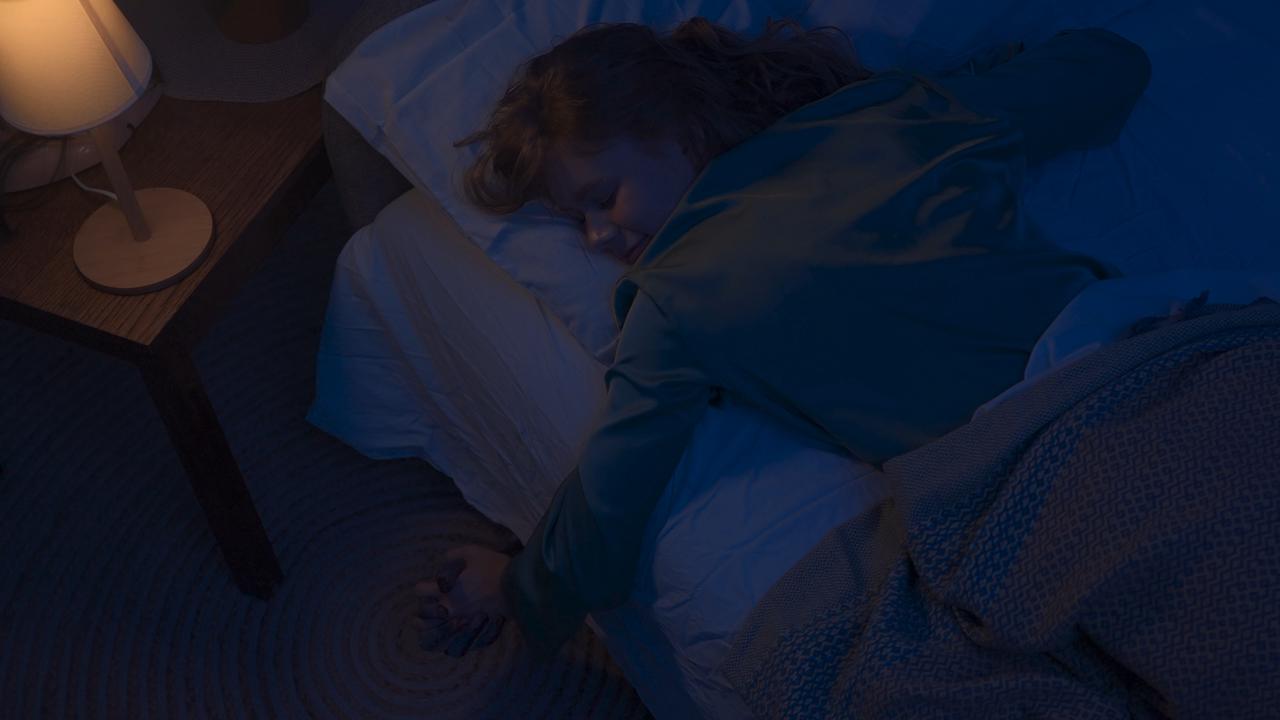
The Importance of a Healthy Sleep Environment
Summary:
Your bedroom isn’t just a place to crash at the end of the day; it’s a powerful space that can make or break your sleep quality. Crafting a healthy sleep environment isn’t just about aesthetics—it’s about creating the ideal conditions for deep, restorative rest. From room temperature to lighting, here’s how your sleep environment can support better sleep and the simple adjustments you can make to create your own sleep sanctuary.

Why a Healthy Sleep Environment Matters
Sleep isn’t a passive activity—it’s an active process during which your body and brain undergo vital repair, recovery, and rejuvenation. The quality of your sleep is heavily influenced by the environment you’re in. Elements like temperature, light, noise, and even the air quality in your bedroom all play critical roles in either promoting or disrupting sleep. By intentionally setting up your bedroom for sleep, you’re setting the stage for a more restful night and a more energized day.
Let’s break down the essential components of a healthy sleep environment and how each one can make a difference.
1. Temperature: Keep It Cool for Better Sleep
A cooler room promotes better sleep, as your body naturally drops in temperature when preparing to rest. Research shows that the optimal room temperature for sleep is around 65°F (18°C), as cooler temperatures help regulate your body’s core temperature, making it easier to fall asleep and stay asleep.
Why Temperature Matters:
When your room is too warm, it can prevent the body from entering a deep sleep state, leading to more restless sleep. A cooler environment supports the body’s natural sleep cycle, helping you fall into deeper, more restorative sleep stages.
Sleep-Friendly Tip:
If adjusting the thermostat isn’t an option, consider using a fan or breathable, cooling bedding materials like cotton or linen. These can help keep you comfortable without overheating.
2. Lighting: Darkness is Key to Quality Sleep
Light exposure has a powerful impact on your circadian rhythm, the internal clock that signals when it’s time to sleep and wake up. Exposure to artificial light, especially blue light from screens, can suppress melatonin production, making it harder to fall asleep.
Why Darkness Matters:
Darkness triggers melatonin release, which helps the body relax and prepare for sleep. Even small amounts of light can disrupt this process, delaying sleep onset and reducing overall sleep quality.
Sleep-Friendly Tip:
Invest in blackout curtains or an eye mask to block out external light. If you need some light at night, opt for a dim, warm-colored light bulb rather than bright or blue-toned lights.
3. Noise Control: Reducing Sound Distractions
Noise is one of the most common sleep disruptors, and it can be especially problematic if you’re sensitive to sound or live in a noisy area. Even if you don’t fully wake up, noises can disturb your sleep cycles, preventing you from reaching deeper, restorative stages of sleep.
Why Silence (or Soft Sounds) Matter:
Consistent sounds, like a fan or white noise machine, can help mask disruptive noises and provide a calming background that promotes relaxation. Studies have found that white noise or gentle nature sounds can improve sleep quality by reducing the perception of other noises.
Sleep-Friendly Tip:
If outside noises frequently interrupt your sleep, consider using earplugs or a white noise machine. Some people also find that nature sounds, like rainfall or ocean waves, help them relax and drift off more easily.
4. Air Quality: Fresh Air for a Healthier Sleep
Good air quality is often overlooked but is essential for comfortable breathing and better sleep. Dust, pet dander, or other allergens in the bedroom can lead to congestion, sneezing, or respiratory irritation, disrupting sleep. Poor ventilation can also cause stuffiness, making it harder to fall asleep.
Why Air Quality Matters:
Clean, fresh air supports healthy breathing and reduces the likelihood of allergy-related disturbances. Keeping your room ventilated and clean can improve sleep by creating a more comfortable, refreshing environment.
Sleep-Friendly Tip:
Consider using an air purifier, especially if you have allergies. Regularly dusting and vacuuming can also help, along with slightly opening a window to keep air circulating.
5. Bedding and Mattress: Support and Comfort Are Essential
Your bed is the heart of your sleep environment. A comfortable, supportive mattress and pillows can prevent aches, pains, and restless sleep. Worn-out bedding may not provide the support your body needs, leading to poor alignment and disrupted sleep.
Why Bedding Matters:
A supportive mattress aligns the spine, reduces pressure points, and promotes relaxation. High-quality bedding materials, such as natural fibers, are also breathable, helping to regulate body temperature and enhance comfort.
Sleep-Friendly Tip:
Invest in a mattress that suits your preferred sleep position and replace pillows when they lose shape. Natural, breathable fabrics like cotton or bamboo can make a big difference in comfort and temperature regulation.
6. Decluttering and Ambiance: A Calm Space for a Calm Mind
The appearance of your bedroom can impact your mental state. Cluttered or overly stimulating spaces can create feelings of stress or restlessness, making it harder to relax at the end of the day. Creating a calm, clutter-free sleep environment can help your mind and body transition into sleep mode more easily.
Why Decluttering Matters:
A clean, organized room feels more inviting and restful. Removing unnecessary items and minimizing distractions can make your bedroom a dedicated space for rest, helping to reinforce a sleep-conducive mindset.
Sleep-Friendly Tip:
Keep the bedroom clean and organized, and try to reserve it for sleep and relaxation only. If possible, remove work-related items or devices to prevent the space from feeling like an extension of your office.
Final Thoughts: Crafting Your Ideal Sleep Sanctuary
A healthy sleep environment is one of the most effective ways to improve sleep quality, as it supports your body’s natural rhythms and relaxation process. Small changes like adjusting room temperature, controlling light exposure, reducing noise, and ensuring good air quality can have a powerful impact on how well you sleep and how refreshed you feel each morning.
Creating your ideal sleep sanctuary doesn’t require major renovations—it’s about making mindful adjustments to support a restful night’s sleep. With a few simple changes, you’ll turn your bedroom into a place where sleep comes naturally, night after night.
References:
1. Lan, L., & Lian, Z. (2016). “Effects of thermal environment on sleep quality.” Sleep Medicine Reviews, 19, 84-93.
2. Cho, Y., et al. (2015). “Effects of artificial light at night on human health: A review of literature.” Chronobiology International, 32(9), 1294-1310.
3. Muzet, A. (2007). “Environmental noise, sleep and health.” Sleep Medicine Reviews, 11(2), 135-142.
Meet Fitnexa, your AI-driven companion that turns everyday habits into a positive, uplifting journey. From effortless meal analysis (including recipe suggestions) to personalized coaching and real-time support, Fitnexa keeps you on track toward lasting wellness — so you can stay younger, live longer.
https://apple.co/4hr8JGW





Leave a comment
This site is protected by hCaptcha and the hCaptcha Privacy Policy and Terms of Service apply.